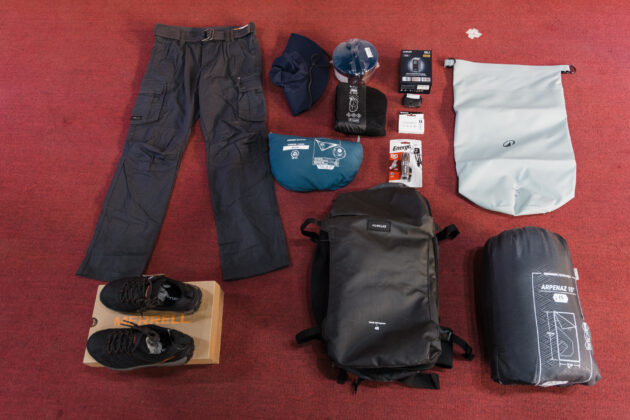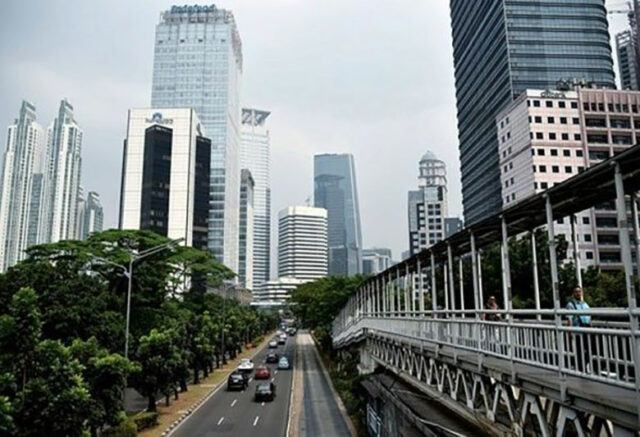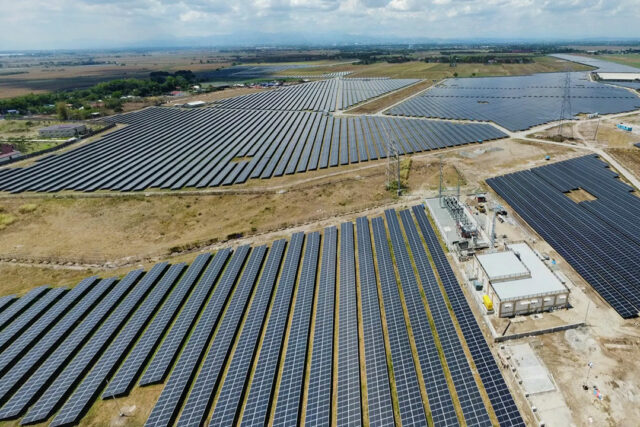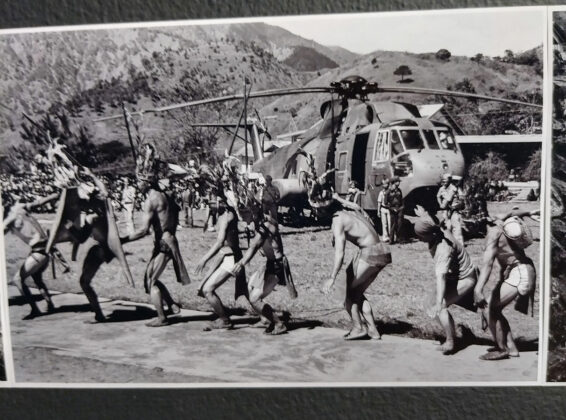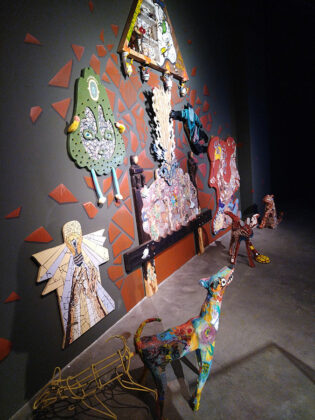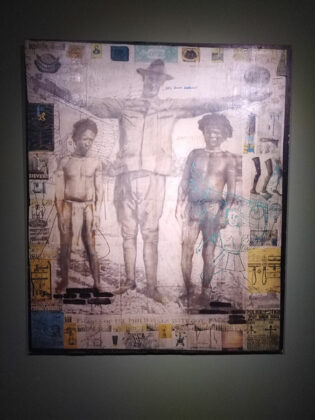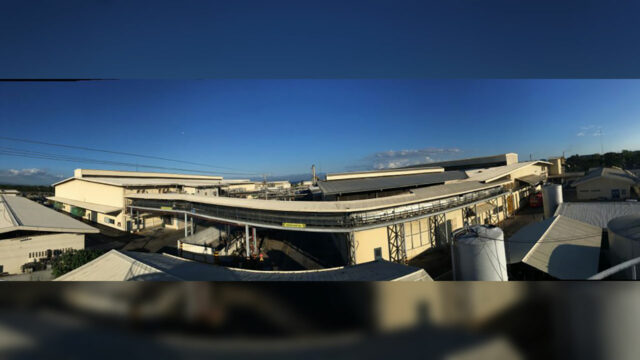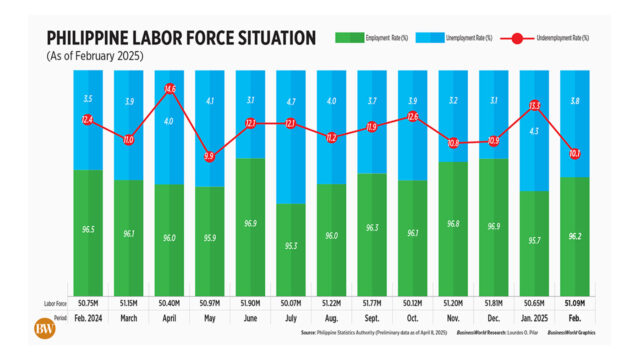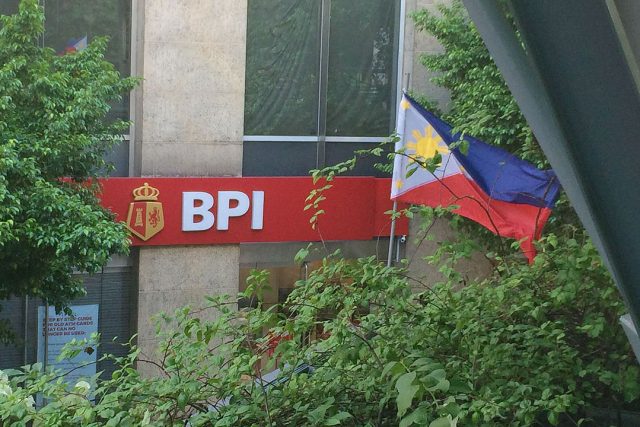Tamaraw protectors receive mobility and equipment aid from Toyota PH

Toyota Motor Philippines Foundation (TMPF), the social and humanitarian arm of the country’s leading automotive company, turns over a brand-new locally produced Tamaraw vehicle and “Bantay Tamaraw Kits” as support to the Department of Environment and Natural Resources’ (DENR) Tamaraw Conservation Program (TCP).
The ceremonial turnover, held at the DENR Central Office in Diliman, Quezon City, was led by DENR secretary Maria Antonia Yulo Loyzaga, Toyota Motor Philippines Corporation (TMP) president Masando Hashimoto, and TMPF president Jose Maria Aligada.
The donations are part of a collaboration with a Memorandum of Understanding (MOU) between the DENR and TMPF, signed synchronously with the release of the Next Generation Toyota Tamaraw in Dec. 2024.
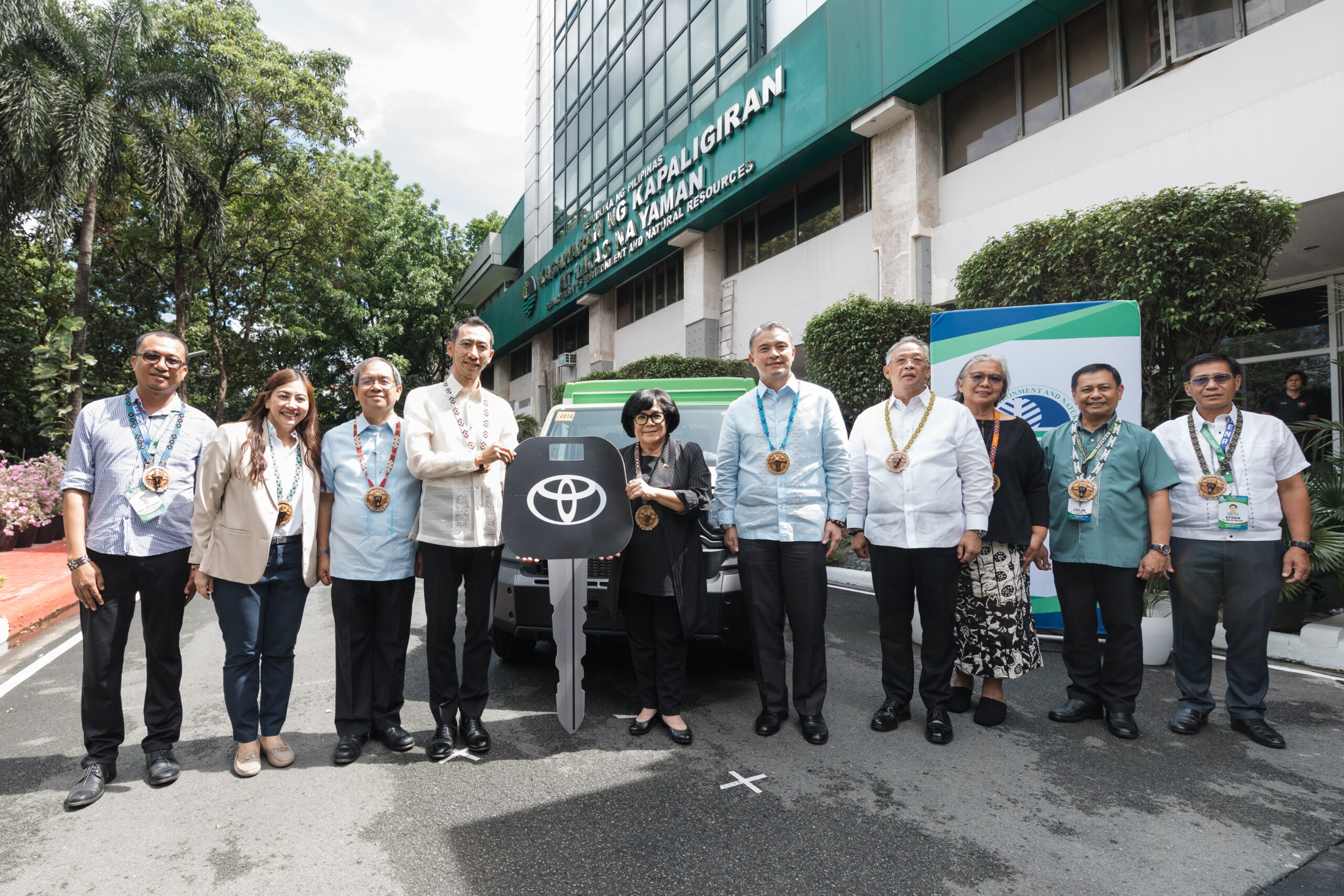
As the first tranche of support, TMPF handed over a Tamaraw Utility Van (UV) long wheelbase variant to aid in the patrolling and monitoring by “Bantay Tamaraw Rangers” as well as in the mobility operations of the TCP Office on the island of Mindoro. In addition, DENR-MIMAROPA regional officials and TCP Office representatives received Php500,000-worth of Bantay Tamaraw Kits, consisting of mountaineering gears, equipment, and tools on behalf of the Bantay Tamaraw Rangers.
The Bantay Tamaraw Rangers are volunteer Indigenous People (IP) and barangay residents dedicated in protecting the critically endangered Tamaraw (Bubalus mindorensis) and their known habitats in Mounts Iglit-Baco Natural Park, which spans across Occidental Mindoro and Oriental Mindoro. To date, the TCP Office has eighteen (18) registered rangers who will soon receive a complete set of equipment each.
In his message, TMP president Masando Hashimoto paid tribute to Tamaraw protectors, saying “we salute you for risking yourself on the ground to protect our Tamaraws.”
“Now, it is your turn to be protected too – from the harsh mountain conditions and various dangers of trekking and camping for weeks in the wilds.”
Hashimoto also mentioned that the initiative is part of the global Toyota Environmental Challenge 2050, particularly in “Establishing a Society in Harmony with Nature.” Under this challenge, TMP collaborates with the DENR on various environmental initiatives, including reforestation, afforestation, marine life conservation, and recently, biodiversity conservation.
On top of in-kind donations, TMPF is also committed to provide a Php3-million conservation fund to support key program initiatives, including Tamaraw habitat monitoring and research, support programs for Barangay and Indigenous People (IP) volunteers, equipping the Tamaraw Research and Conservation Center, and various Communication, Education, and Public Awareness (CEPA) activities.
Founded 35 years ago, TMPF is the corporate foundation of TMP with a focus on four (4) core pillars of Health, Education, Environment, and Community Service.
Spotlight is BusinessWorld’s sponsored section that allows advertisers to amplify their brand and connect with BusinessWorld’s audience by publishing their stories on the BusinessWorld Web site. For more information, send an email to online@bworldonline.com.
Join us on Viber at https://bit.ly/3hv6bLA to get more updates and subscribe to BusinessWorld’s titles and get exclusive content through www.bworld-x.com.


